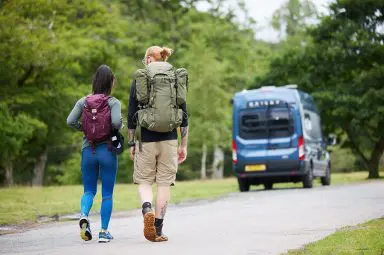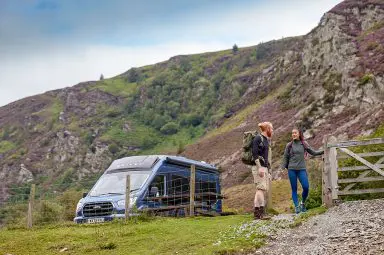How to plan your Scotland motorhome escape
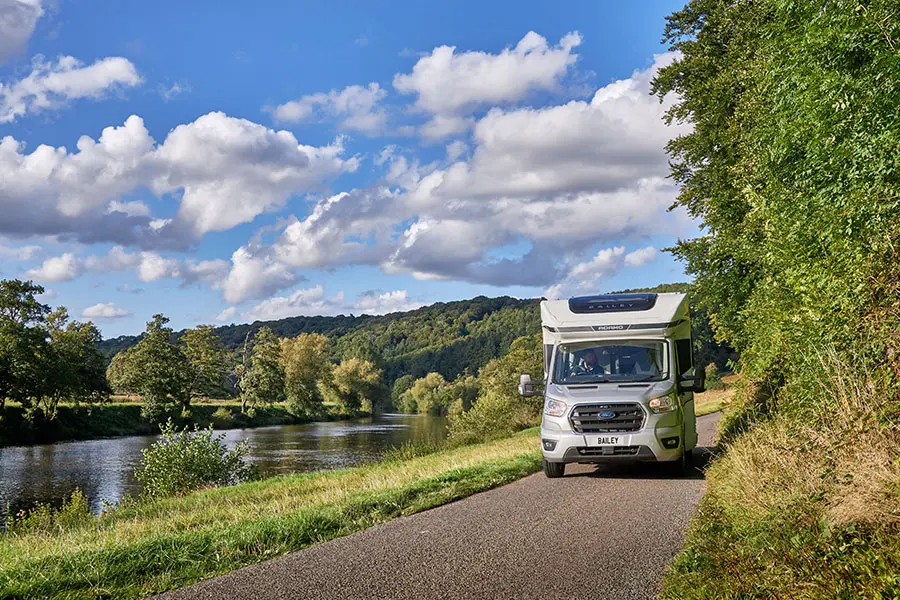
What’s more, its jagged mountain ranges, endless lochs, magnificent national parks, bustling cities and a chance to view the Northern Lights, the country has something for everyone to enjoy.
Yet knowing where to begin when planning your Scotland motorhome escape can be tricky. You’ll need to consider the type of holiday you want to have, where you want to go and where you’ll stay.
That’s why Bailey has put together the ultimate step by step guide to help you plan your motorhome adventure.
Read on to find out how you can organise your dream Scotland motorhome escape with the following steps:
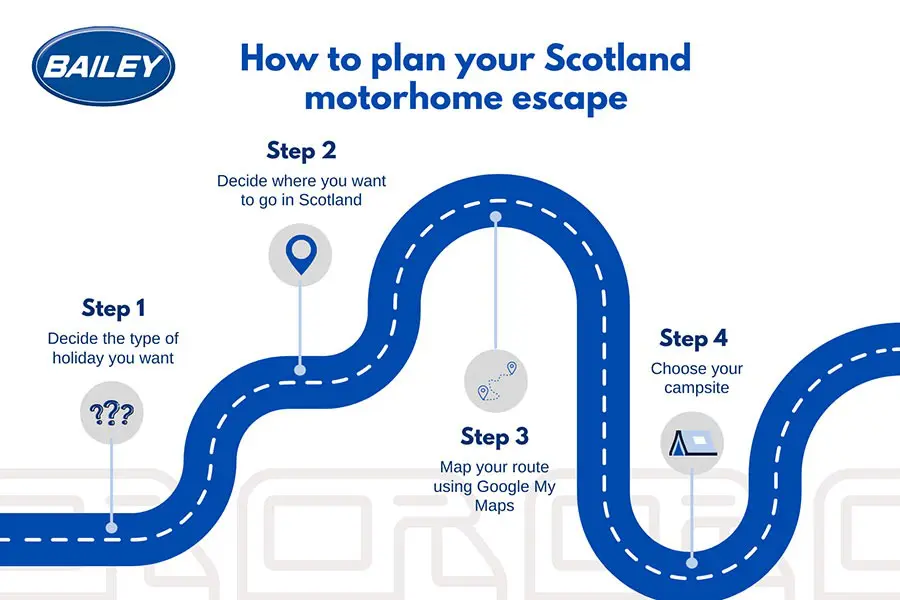
Step One: Decide what type of holiday you want
The first thing to decide upon with your motorhome escape is what kind of getaway you want, a road trip, city break or something that takes in a bit of everything?
With endless scenery, winding roads through steep mountain passes and the North Coast 500 route designed to take in Scotland’s best sights, Scotland is a road tripper’s paradise, but if relaxing is more your thing, then there are many places you’ll enjoy.
Road trip holidays
Those who are looking for an on-the-road motorhome escape will find everything they’re looking for on Scotland’s North Coast 500.
Launched in 2015 as a North Highland initiative and Scotland’s answer to America’s infamous Route 66, the North Coast 500 tours over 500 miles of stunning Scottish Highland scenery.
Beginning from Inverness, the self-drive route sticks to the coast of Scotland and introduces you to sites such as Dunrobin Castle, Smoo Cave, the Castle of Mey and John ‘O Groats along the way.
Along A and B roads and single track roads, the 55 route winds up the west coast and back down the east coast before jutting inland and back to Inverness shire.
If the 516-mile route isn’t enough, many travellers begin in Edinburgh and end in Glasgow to take in some of the sights of the northern Lowlands as well.
City breaks
If you’d prefer the bustle of a city over the stillness of Scotland’s more rural areas, then it has you covered.
City highlights in the Lowlands include the capital, Edinburgh, and its close neighbour, Glasgow. In comparison, the Highlands offers you the smaller though equally historic Fort William and Inverness.
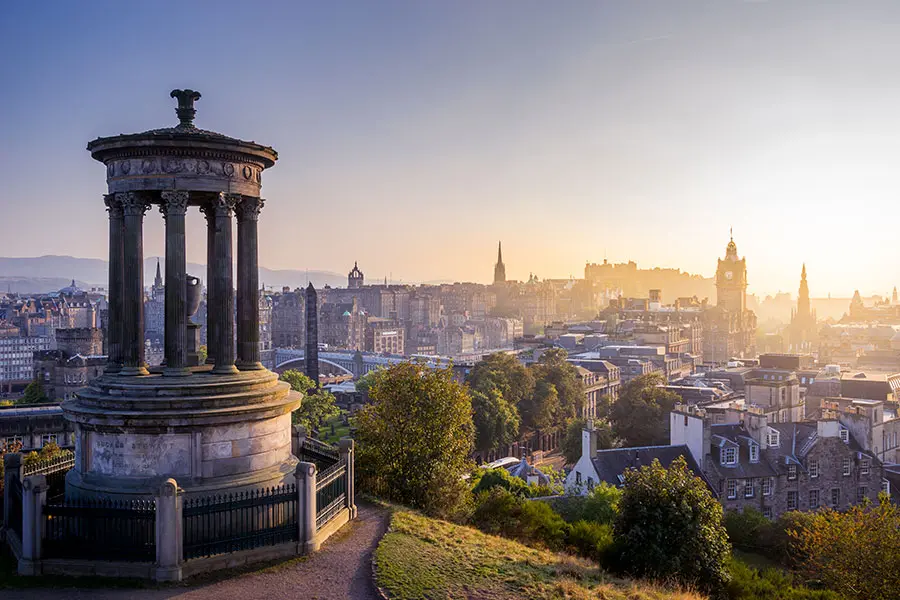
Edinburgh
Scotland’s capital is by far its largest city and, in many areas, its most quaint.
Edinburgh is filled with historic buildings, whisky bars, restaurants, and quirky shops, with most of the top attractions located on or a short walk from the Royal Mile.
Overlooking the city are three peaks: Edinburgh Castle, Calton Hill and Holyrood Park, each worth a visit.
Must-see attractions:
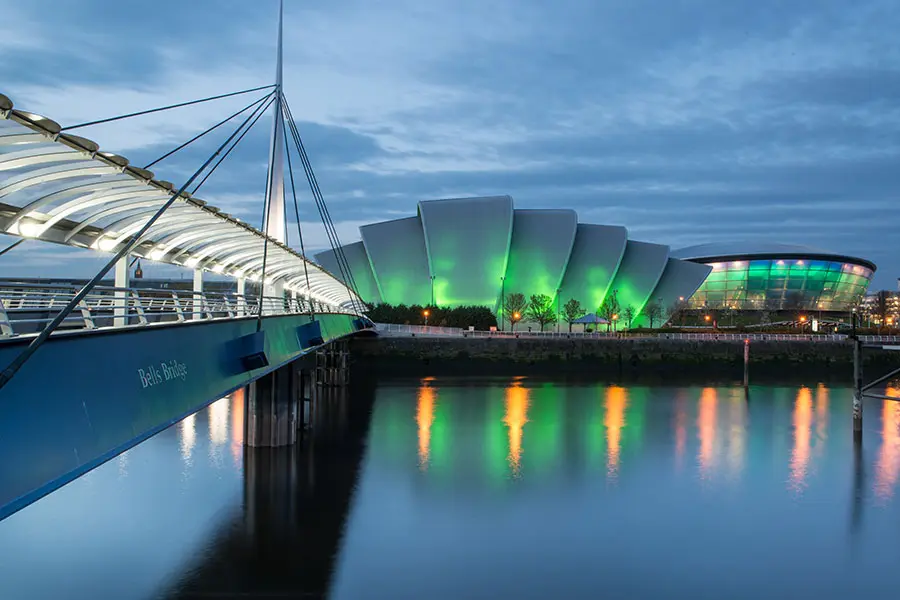
Glasgow
Twenty miles East of Edinburgh lies the capital’s bohemian sister, Glasgow.
For years Glasgow was seen as a bit of a grey city, but in recent years has developed an impressive modern art scene – many artists taking inspiration from many of the city’s thriving residential estates.
Must-see attractions:
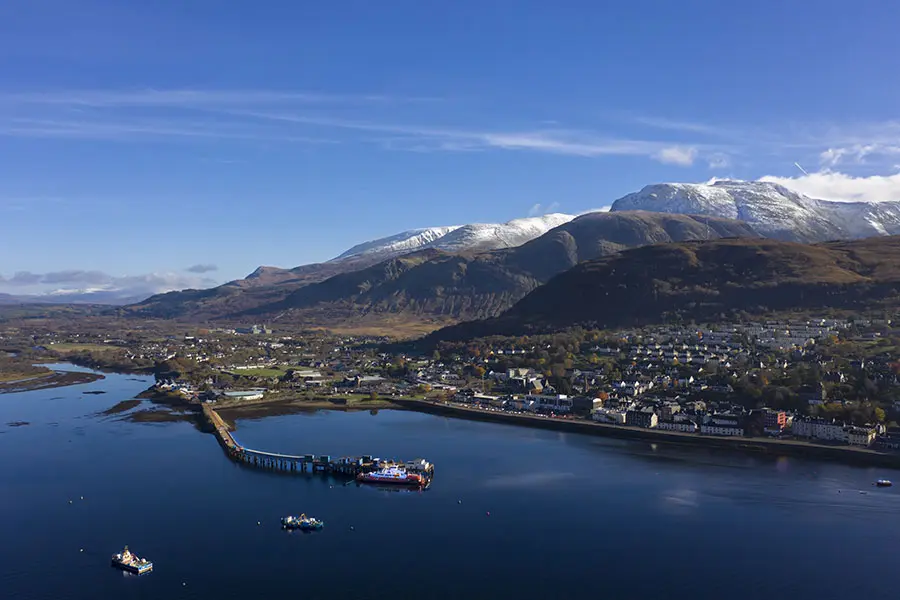
Fort William
A small market town set in the heart of the highlands and in the shadow of Scotland’s highest mountain, Ben Nevis.
Fort William is worth a stopover visit as a break from exploring the mountains to browse some of the best independent shops selling locally made products.
Must-see attractions:
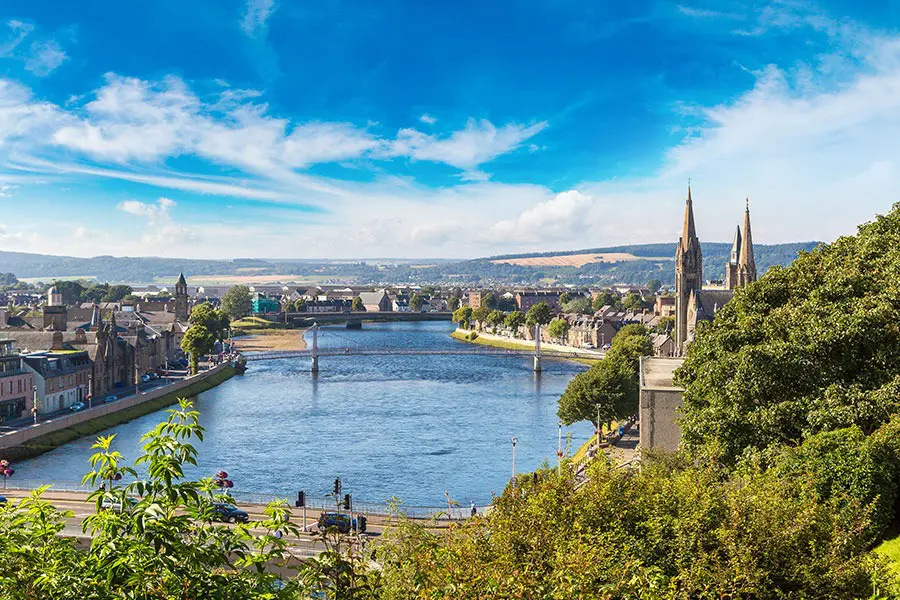
Inverness
The last major city before you hit the more rural highlands, Inverness is used as a gateway to the Scotland NC 500 route and Isle of Skye.
However, visitors should plan to spend at least a day here, because Inverness has more than enough shops, restaurants and historical sites to keep you occupied.
Must-see attractions:
Step Two: Decide where you want to go in Scotland
At around 270 miles long, mainland Scotland is already huge before you consider the islands like Islay, the Orkneys and Lewis, so the second thing to do when planning your Scotland motorhome escape is to choose where to go.
Fortunately, the country’s geography makes it easy to categorise Scotland into two parts, the Highlands and Lowlands, which gives you a more straightforward jumping-off point for planning your trip.
The divide starts approximately north of Loch Lomond National Park and extends across the Cairngorm National Park between Nairn and Forres, ending between Nairn and Forres.
Those who desire to tour the Highlands can base themselves in the Cairngorms National Park, Isle of Skye, or Lairg and cover a huge area.
If you want to visit the Lowlands, staying near Galloway Forest Park, Galashiels near the Scottish border, and Lochwinnoch will put you within driving distance of all of the country’s lower half.
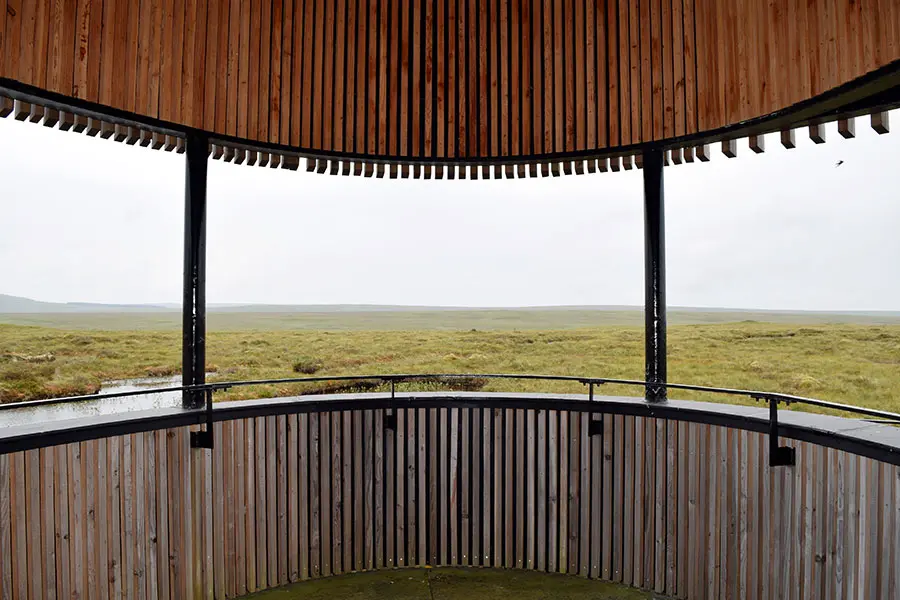
Step Three: Map your route
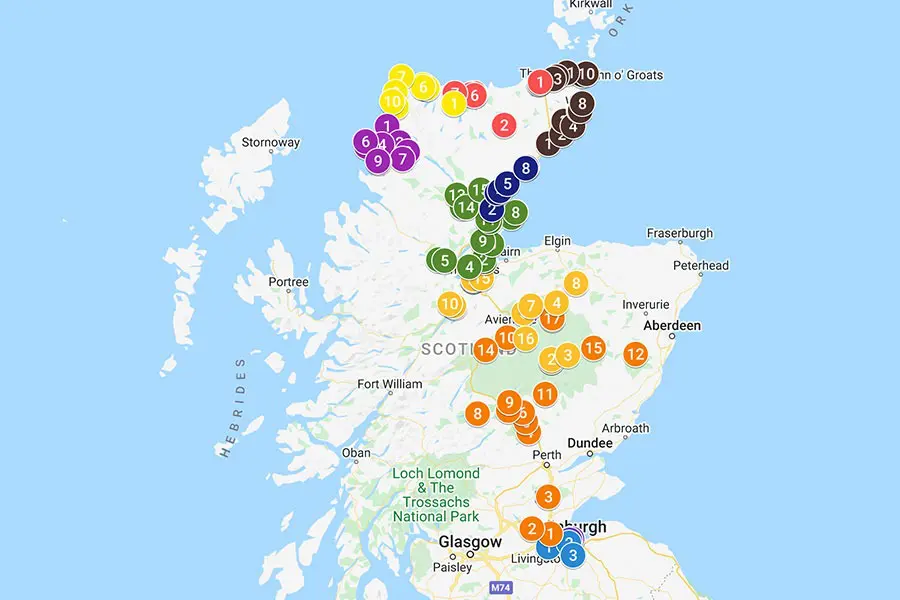
Whether you’re road-tripping or spending your time roaming around the cobbled streets of Edinburgh, properly planning your route will ensure you get the most from your time away.
While relying on Google Maps is fine for looking at a single location or getting directions for one or two stops, a little known tip is to switch to Google My Maps.
Google My Maps allows you to add up to 23 waypoints across one single trip and means you can easily plan your nightly stopovers across your entire holiday.
For each waypoint, you can add a description, links to your campsite and link any documents, such as site bookings or attraction tickets, so you can easily keep track of where you should be when.
My Maps is handy for those road tripping in the rural highlands where WIFI isn’t always available. Simply download your trip to your phone before you set off, with all the correct documents, and your phone’s GPS will help you stick to your route.
To use Google My Maps, you’ll need to sign in here using a free Google account.
Find out how to use Google My Maps with this tutorial:
Step Four: Choose your campsite
Many of the locations listed above are within walking or driving distance of campsites owned or affiliated with one of the two major UK leisure vehicle clubs: The Caravan and Motorhome Club or the Camping and Caravanning Club.
These organisations provide site finders that let you search for campsites based on their location, amenities, and pricing.
Membership allows you access to their whole list of approved locations and other member benefits like insurance discounts and attraction entry vouchers.
View the Caravan and Motorhome campsites Scotland site finder.
View the Camping and Caravanning Club UK campsites Scotland site finder.
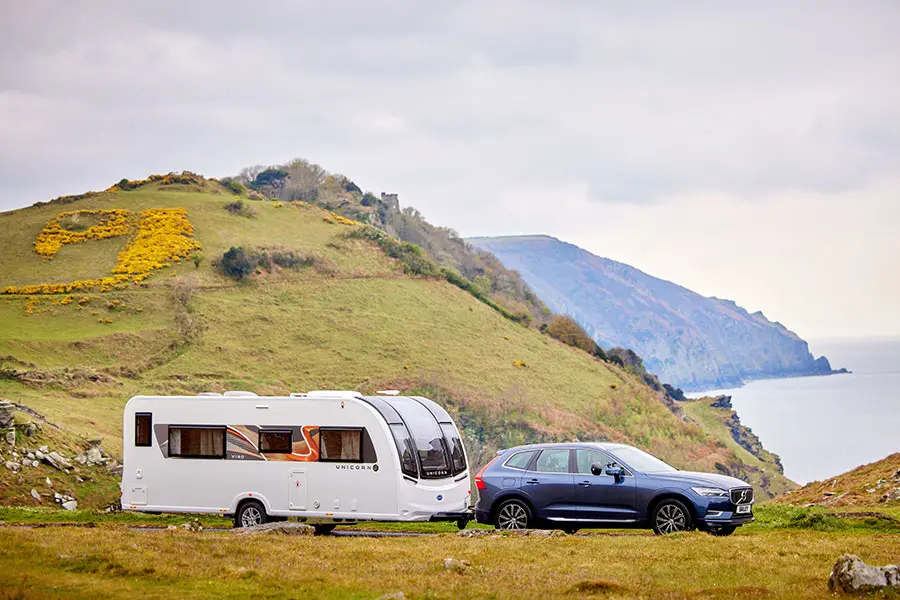
Both clubs provide some of the most incredible little campgrounds Scotland has to offer for those looking to get away from it all.
These private campsites, known as Certified Locations (by the Caravan and Motorhome Club) or Certified Sites (by the Camping and Caravanning Club), allow a maximum of five vehicles at any given time.
Although they usually have fewer amenities, many rural regions offer a unique Scottish camping experience.
There are so many parts of Scotland for you to plan your ultimate caravan or motorhome escape when staying on a club site. The only remaining question is, where will you go?
View additional blog posts from Bailey of Bristol, the nation’s favourite motorhome and caravan manufacturer, for more suggestions on where to stay in the UK.
Or read more from our holidaying in Scotland collection with the best small campsites Scotland has to offer or the best Scottish campsites away from the coast.
Latest news & events
See all news & eventsChipping Sodbury Spring Sales Event
BADMINTON ROAD, CHIPPING SODBURY, BRISTOL
West Country Motorhomes Open Weekend
BRISTOL ROAD, BRENT KNOLL, HIGHBRIDGE, SOMERSET
Swindon, Oxford and Reading Caravan and Motorhome Centre Easter Sales Event
GREATFIELD, ROYAL WOOTTON BASSETT, WILTSHIRE
Grantham's Midlands Caravan & Motorhome Season Ready Show
SPITTLEGATE LEVEL
GRANTHAM
